The Golden Retriever, a vivacious Scottish gundog with exceptional beauty, is one of the most popular dog breeds in America. When they are not working, they exhibit a charming love of life while being dedicated hunters and field workers, serving as guides for the blind and in search and rescue operations. The medium-sized, well-built Golden Retriever is known for its glossy, glistening golden coat, which gives the breed its name. A distinguishing feature of the breed is the large head with its kind and perceptive eyes, short ears, and straight muzzle. When moving, Goldens have a powerful, smooth gait, and their feathery tails are carried with what breed enthusiasts refer to as a “merry action.”
The gamekeepers at Lord Tweedmouth’s estate in Inverness-Shire, Scotland, kept meticulous notes about the evolution of the Golden Retriever from 1835 until roughly 1890. These records may be found in the record books. When Lord Tweedmouth’s great-nephew, the sixth Earl of Ilchester, a historian and sportsman, published information that had been left by his ancestor, it became known to the public through Country Life in 1952. They supported the legends that had been passed down through the generations with genuine evidence. Goldens make friendly, dependable, eager-to-please family dogs who are also rather simple to train. They approach life with excitement and playfulness, and they carry this puppy-like attitude into adulthood. These robust, active gundogs enjoy playing outside. For a breed built to retrieve waterfowl for hours on end, swimming and fetching are natural pastimes.


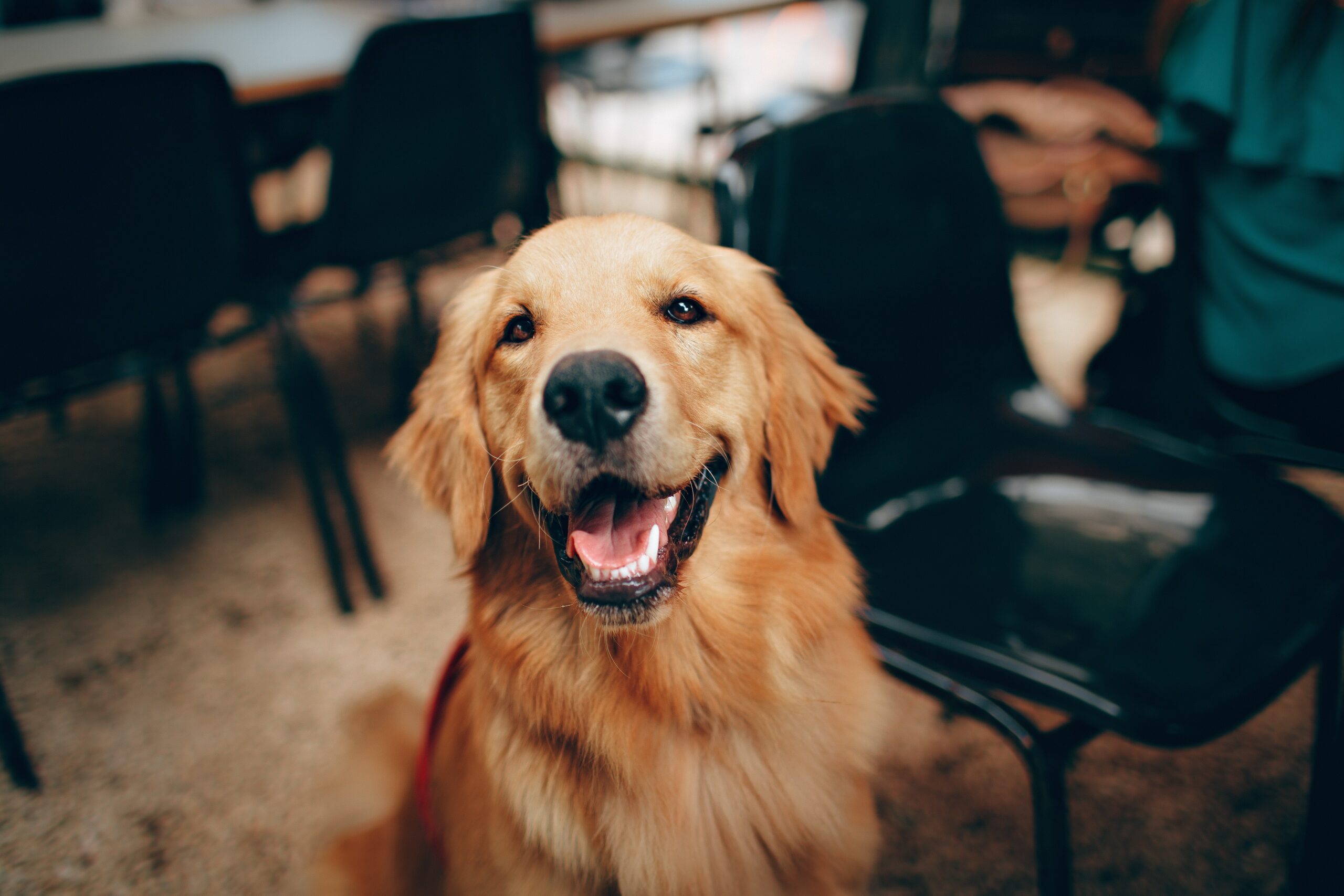
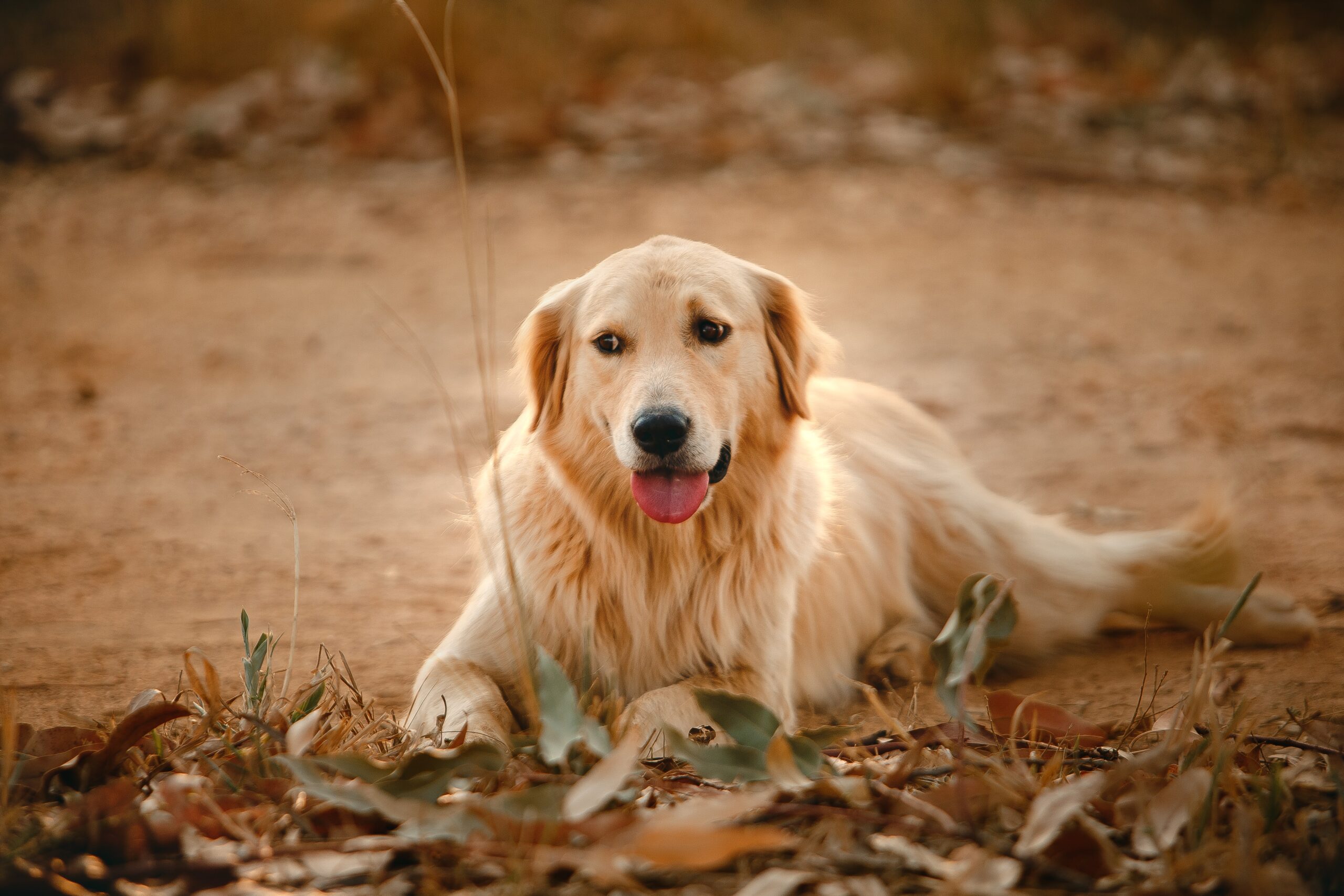
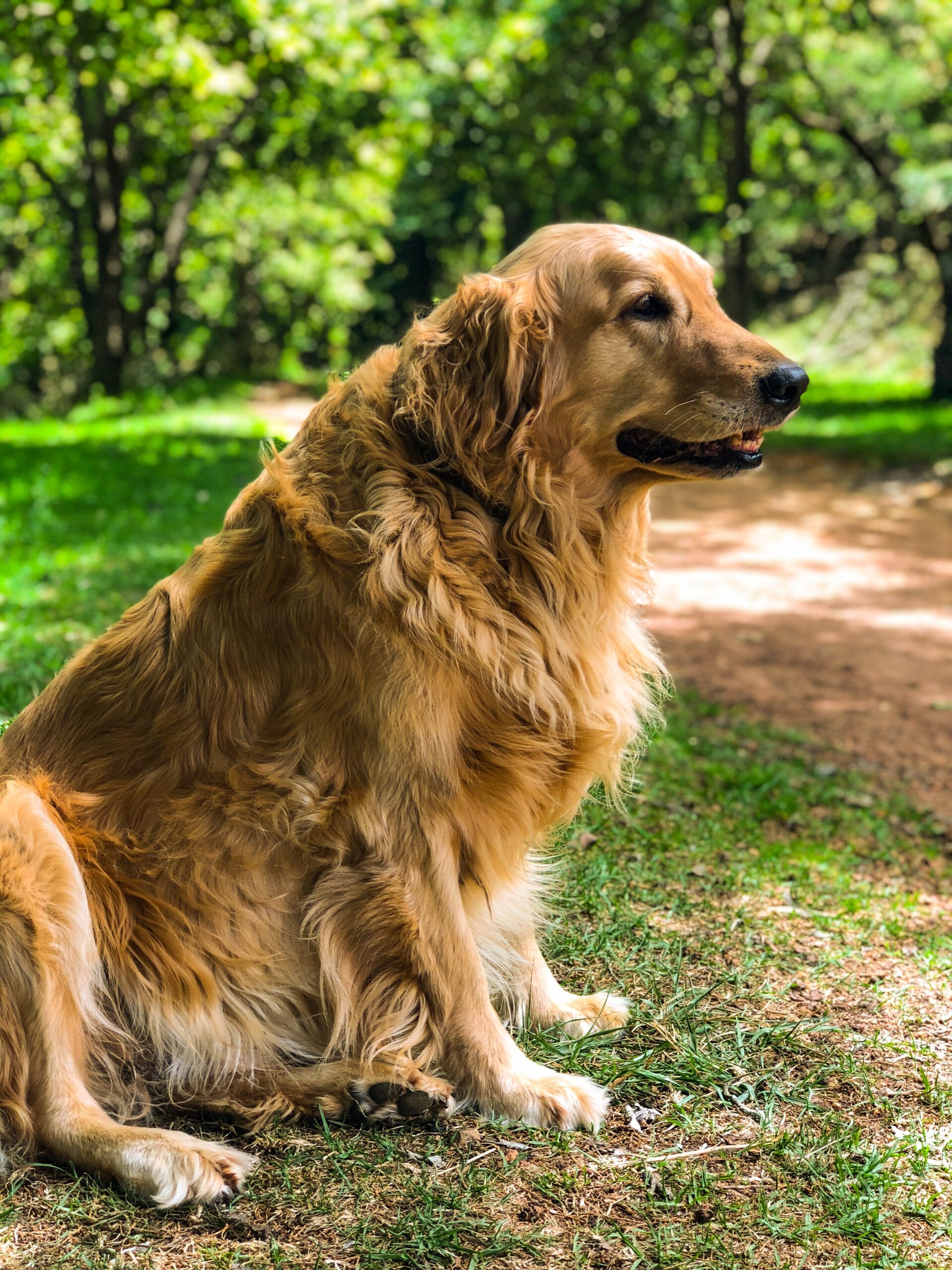
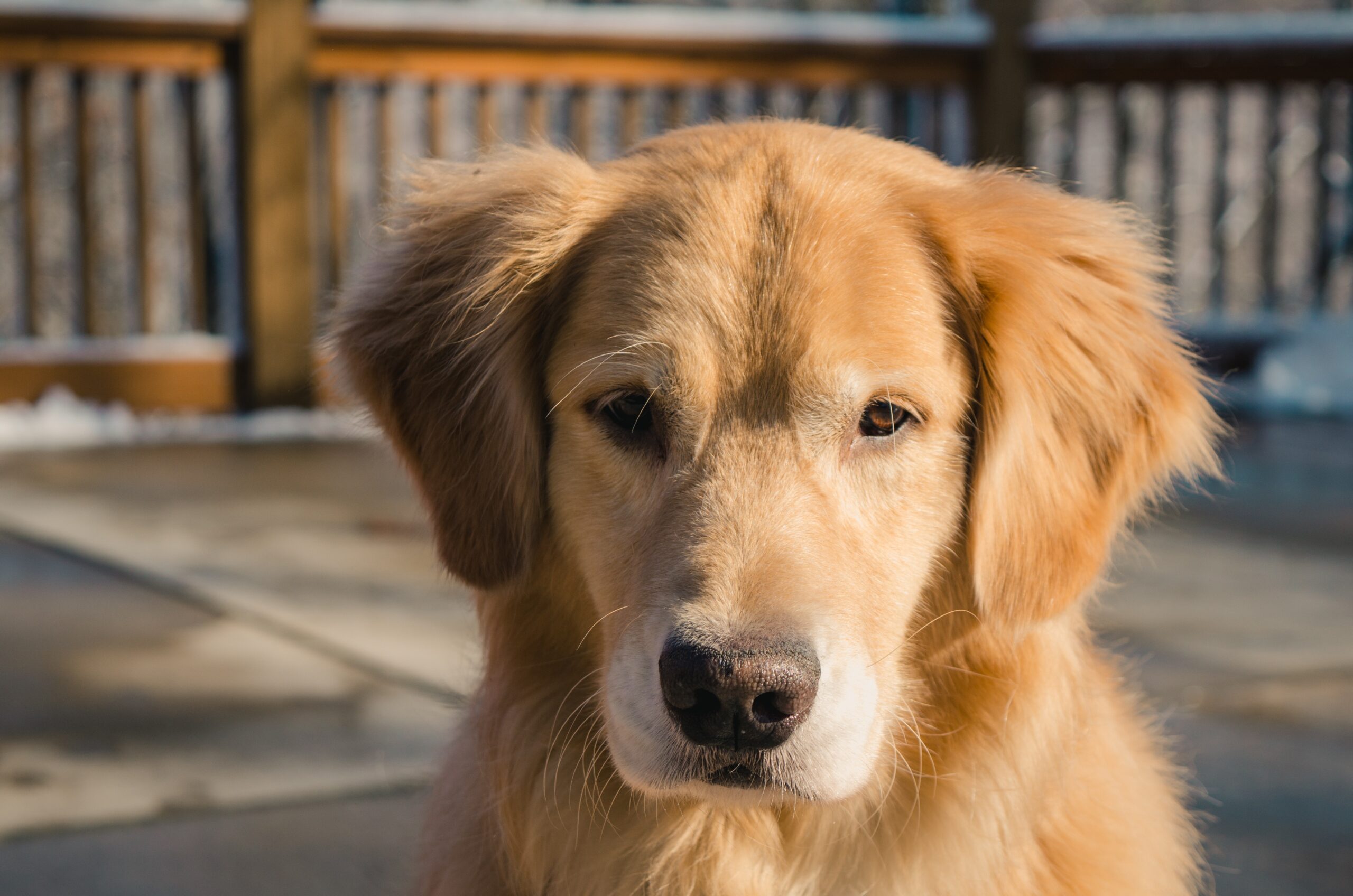
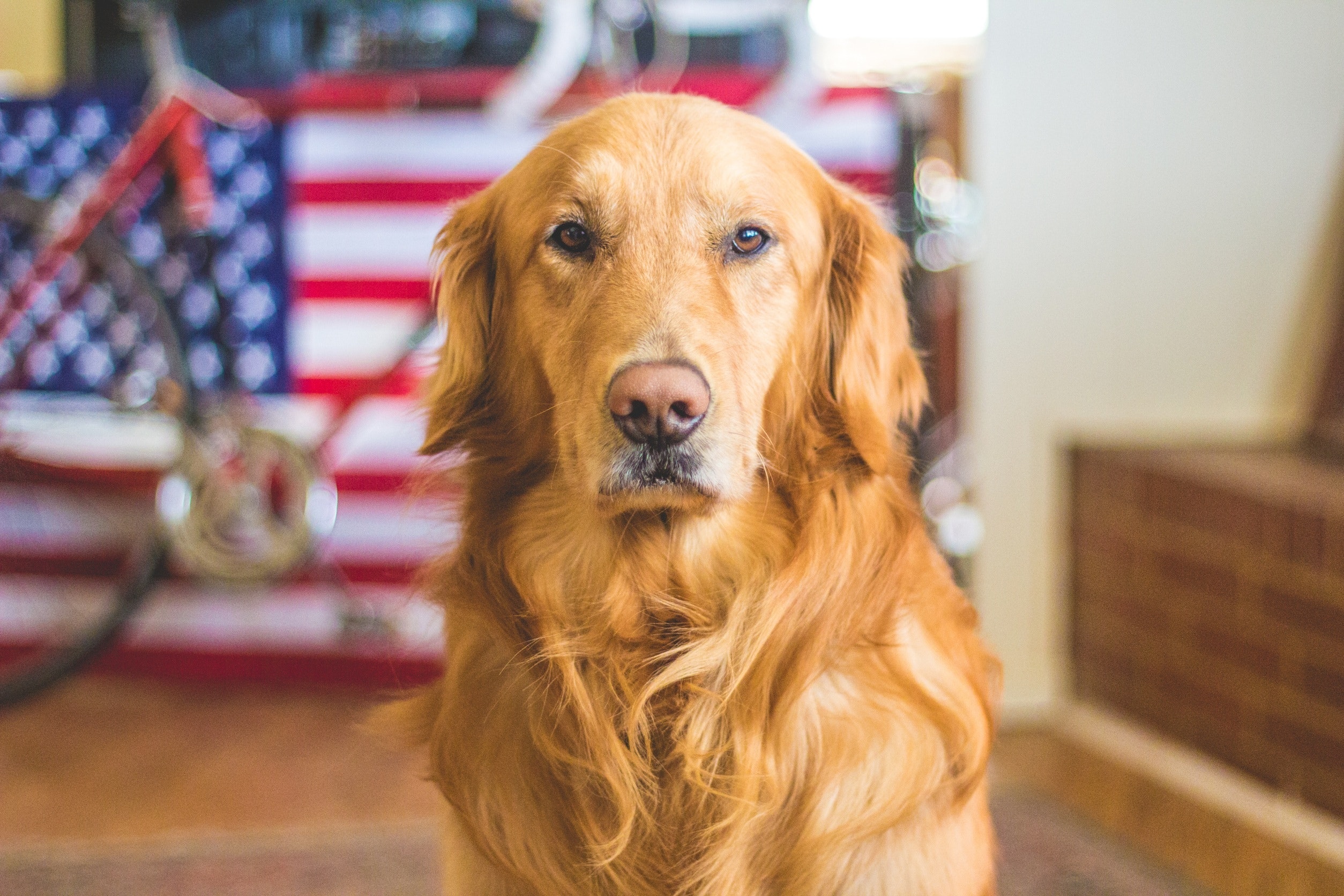
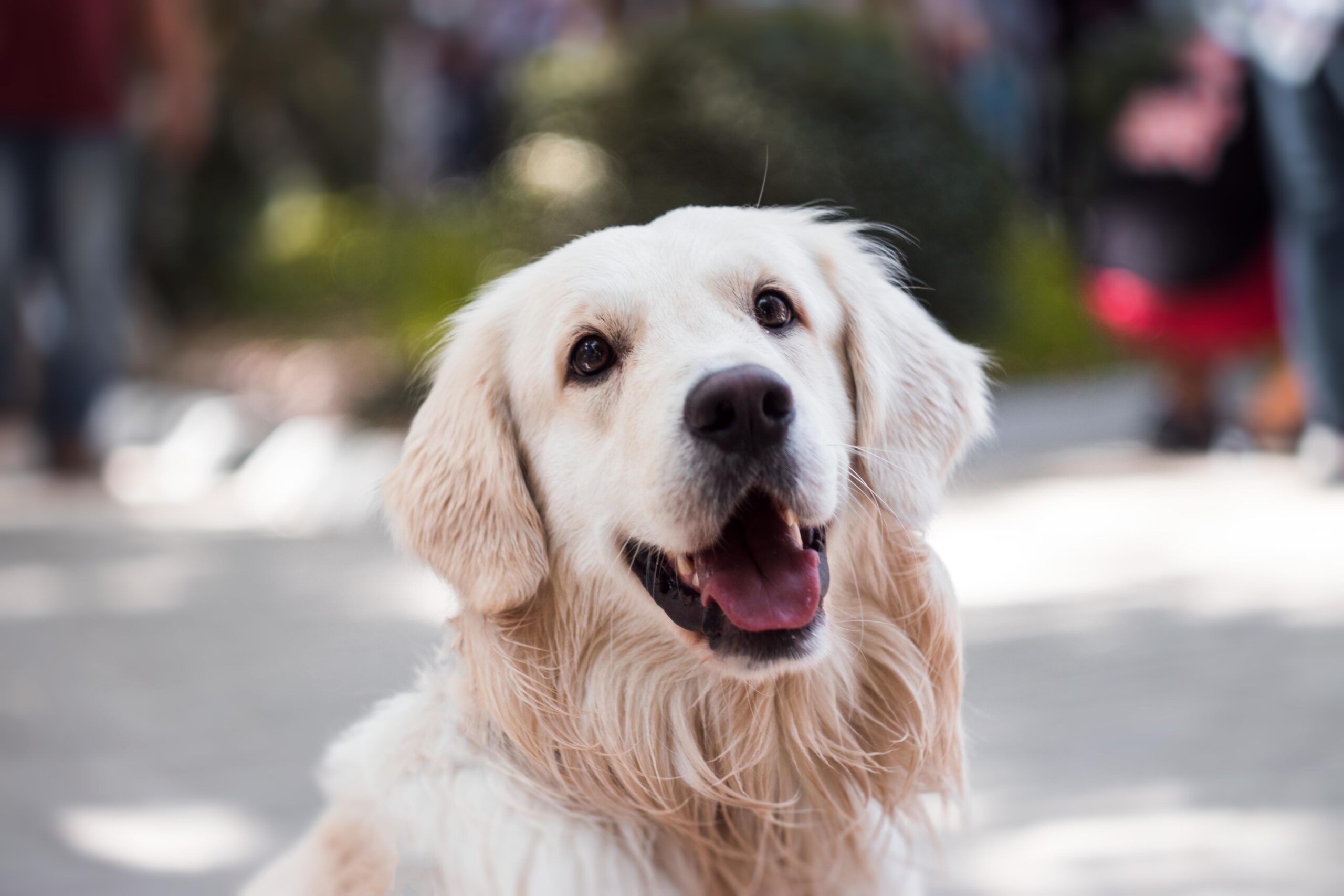


 Health
Health Grooming
Grooming Exercise
Exercise Training
Training Nutrition
Nutrition